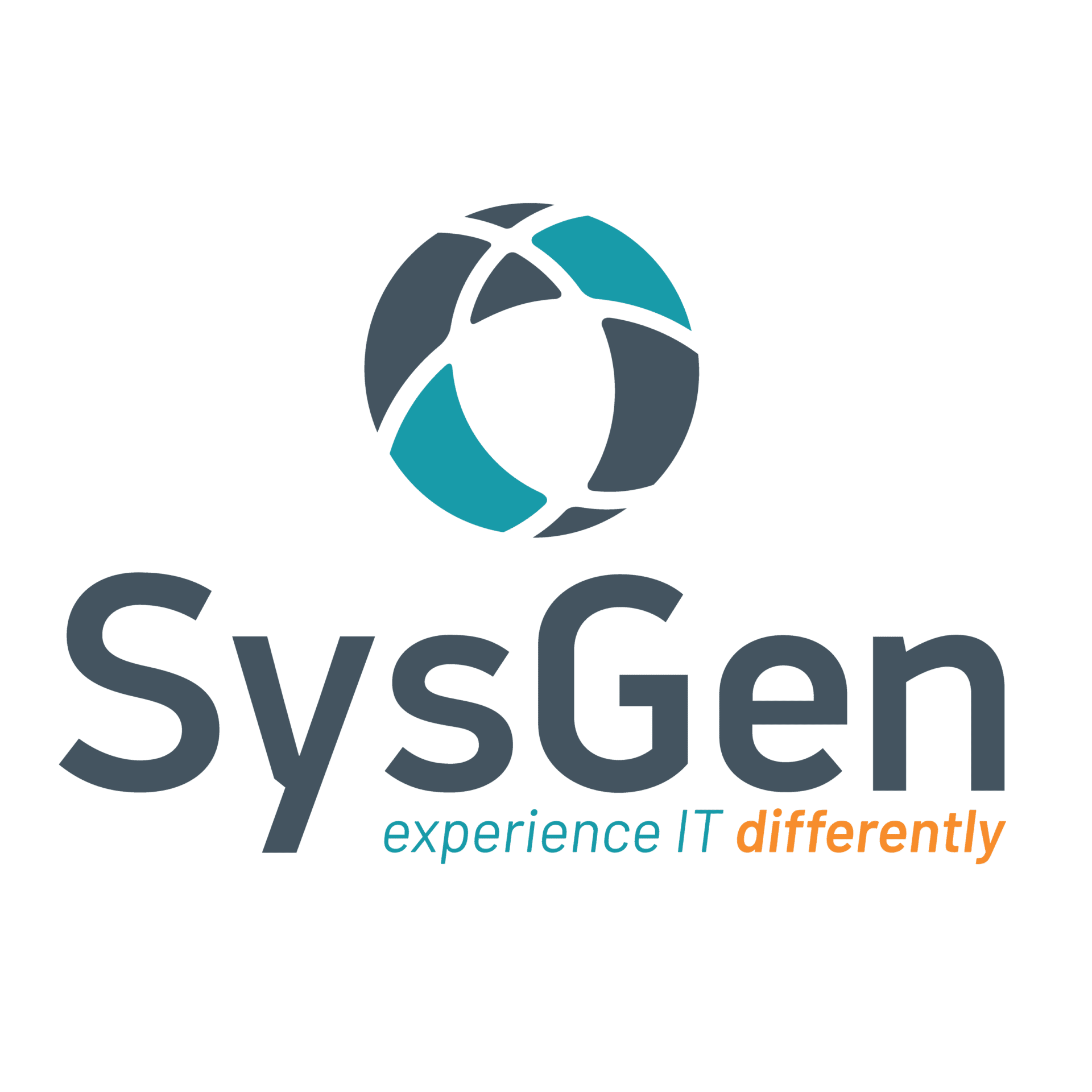We’re attached to technology now more than ever. Technology helps us in our personal and professional lives, be it for communication, collaboration, or storing information. Technology is imperative for organizations to function. As a result, IT needs must be managed properly and optimized to propel business goals forward. To do this, business owners must understand the technology required to get their business to where they want it to go. There are two kinds of IT support that is prevalent in today’s work environment: reactive and proactive. Here’s what you need to know about the two approaches.
Reactive IT
A reactive IT support model involves taking actions to solve problems, but only as they happen. This type of IT support is often referred to as the “break-fix” model. With reactive IT support, users contact the IT department whenever something goes wrong (e.g. broken printer, server down, etc.). In reactive IT, the IT support will arrange an appointment and the employee will wait for the issue to be resolved. During this downtime, businesses may lose opportunities, productivity, revenue, and even experience data loss. This model is often considered the ‘old way of IT’.
While this method may work if the IT support is quick to respond and resolve issues, this model often halts businesses from optimizing productivity. Reactive IT support does not include a strategy or roadmaps, which means that infrastructure and software overhauls are commonplace because technology is not proactively planned & budgeted for to meet the needs of the organization. Often, employees become complacent in a reactive IT support environment. Due to the help desk model and significant wait time involved, employees may give up and decide to solve the problems themselves. This then turns into an unpleasant experience for the employees in the workplace. A reactive IT support model causes issues to become compartmentalized because organizations do not fix problems permanently, and do not necessarily understand what the core issue is, for example, a server overhaul or a new system to store files.
An advantage of utilizing reactive IT support is variable service fees. Organizations with reactive IT support will often be billed for each problem instead of a fixed, monthly fee. This option may be good for organizations that are looking to save money in the short term. However, the cost of downtime may be more costly to overall, not to mention the time and effort required to get the system running at full capacity again should things crash unexpectedly.
Proactive IT
Proactive IT support is a different approach that is based on strategy and prevention. This means your IT support can fix potential problems before they become problems. Planning and budgeting are a core tenant of proactive IT support. IT professionals use the proactive IT support model to plan, ensuring that updates are made to workstations, licenses, and software. Additionally, it ensures that technology obsolescence doesn’t happen, which ultimately results in reduced productivity and crashes. Proactive IT creates a technology roadmap, ensuring organizations don’t spend money that hasn’t been budgeted for. Having a plan results in a better overall experience, especially in the hands of dedicated resources that work with the organization consistently.
A proactive IT support team consists of attentive and quick-responding IT professionals who provide impeccable customer service. The IT support team also monitors technology assets such as workstations and servers, as well as process automation and cybersecurity
A proactive IT support team continually monitors assets in your organization such as software and hardware to easily address issues as they arise. A proactive IT professional regularly checks on their clients to make sure everything runs properly, and their businesses are not interrupted by technological hindrances. This approach results in significantly less downtime than a reactive IT support approach and ensures users have a more positive IT experience.
The proactive model will typically charge a fixed monthly cost to ensure systems are always run optimally. Overall, your technology systems run optimally, and problems are dealt with long before they become catastrophic to the organization. Proactive IT support also means your organization may have access to other value-added services, such as digital transformation, cloud services, and cybersecurity protection.
Find SysGen’s IT support and managed IT services in Calgary, Edmonton, Red Deer, Vernon, and Kelowna. Learn more about SysGen’s cloud offering, managed security, and digital transformation services.
Contact Us To Find Out More



